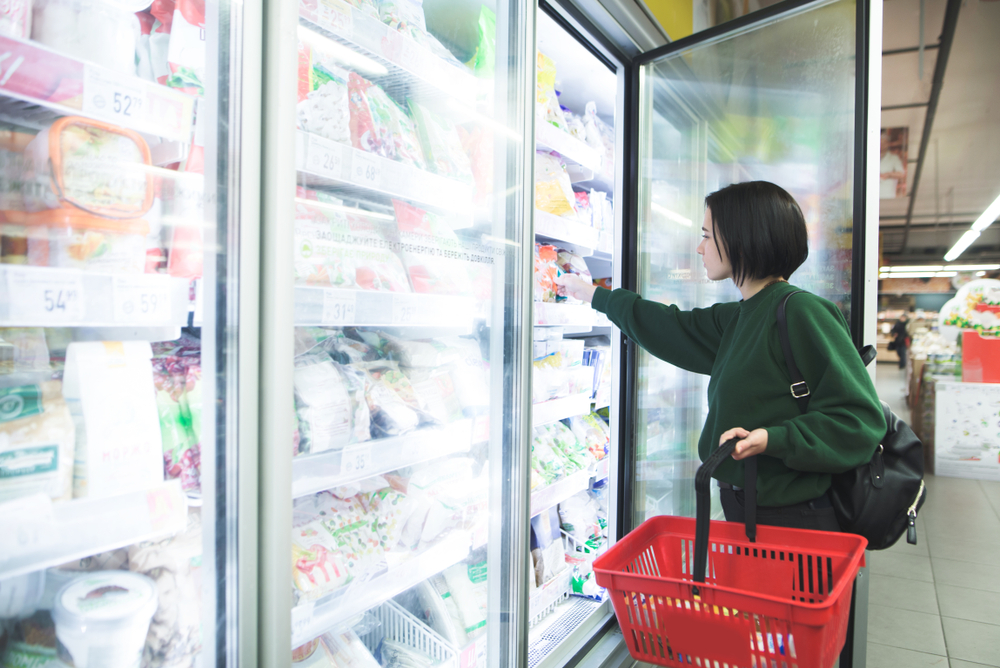Household Bills
Food price inflation falls again but shoppers still struggling

Grocery inflation has fallen to its lowest level in over 12 months but food prices are still 12.2% higher than they were in September 2022.
This is the sixth month in a row that food inflation has fallen but just under a quarter of households said they are struggling financially, according to the data from Kantar. It also said 95% of people are worried about the impact of rising food prices.
Fraser McKevitt, head of retail and consumer insight at Kantar, said: “Grocery price inflation is down for the sixth month in a row but 12.2% won’t be a number to celebrate for many households.
“After a full year of double digit grocery inflation, it’s no surprise that just under a quarter of the population consider themselves to be struggling financially – although this is a very slight drop compared to May.”
Rise of the discounters
High food inflation has seen many shoppers change their habits to save money. In particular, many have switched where they usually shop and have started using discount supermarkets, like Aldi and Lidl more.
It is now a year since Aldi became the fourth largest supermarket in the UK and “alongside Lidl, it has made some of the biggest market share gains over the past 12 months as consumers continue their hunt for value,” McKevitt added.
Aldi was also named as the cheapest supermarket in August by Which?, for the 15th month in a row.
In the four weeks to 3 September, Aldi’s sales grew by 17.1% and Lidl’s by 16%. The two supermarkets now have a combined 17.7% market share.
In comparison, out of the traditional supermarkets, Sainsbury’s grew its sales by 9.1% and Tesco’s rose by 9.3%. Tesco now has a market share of 27.2% while at Sainsbury’s it’s 14.8%.
Of the other supermarkets, Asda’s market share was 13.8% and Morrisons’ was 8.6%, with sales up by 5.1% and 2% respectively. At Waitrose sales rose by 5.6% this month, giving it a market share of 4.6%, and Ocado’s sales grew by 4.3% to 1.6% of the market.
Boost to own-label goods
There has also been a big rise in the sales of own-label products at the supermarkets.
Sales of own-label items grew 9.9% in the last month and supermarket own-label products now make up over half of everything we are buying, a rise from 48% in August.
“This is equivalent to a £3 billion shift in sales away from brands. The discounter model of offering everyday low value and fewer promotions has also caught on in the wider market, with only 26% of spending now on deals compared with 38% ten years ago,” McKevitt said.
Wilko is the latest casualty of the high street
Brands including Tesco, Aldi, Poundland, B&M and Home Bargains have all benefited from the collapse of Wilko.
It was announced yesterday that the 90-year old company had not been rescued and all of its 400 shops will now close.
McKevitt added: “Shoppers have been making the most of Wilko’s closing sales, with its share of non-food groceries like toiletries, healthcare and household goods jumping from 1.8% in July to 2.3% in August.
“However, its sales are still down on last year and consumers are going elsewhere. Tesco, Aldi and the bargain stores such as Poundland, B&M and Home Bargains, have been the biggest winners of customers switching spend away from Wilko.”